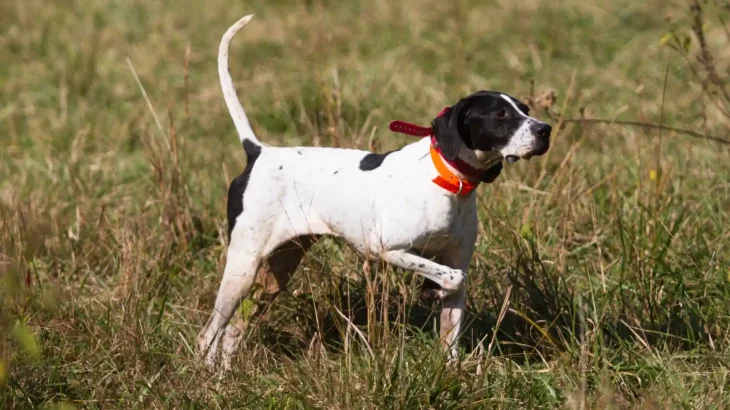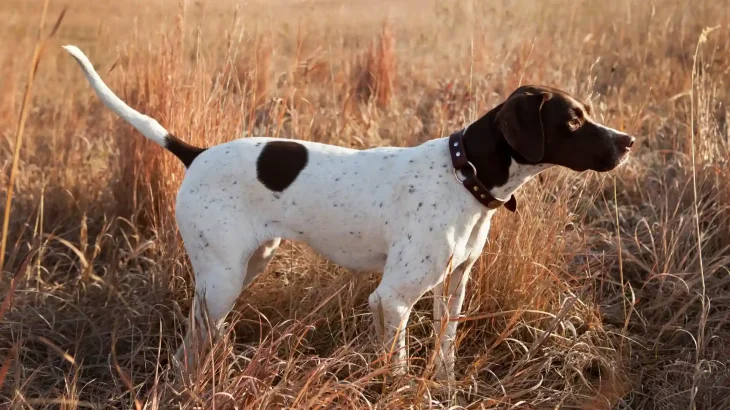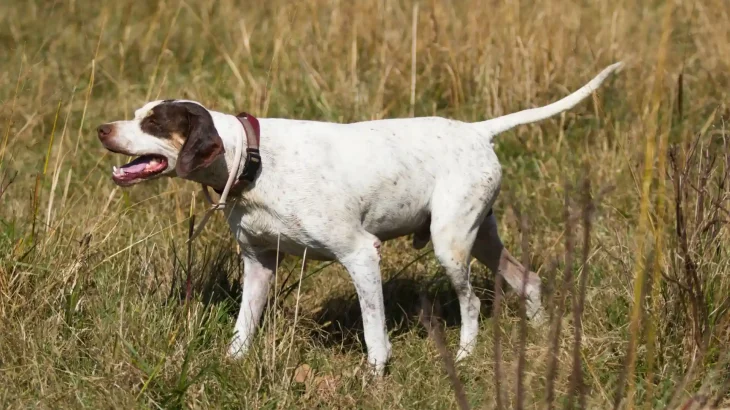When deciding whether to add an English Pointer puppy to your family, you'll likely weigh the choice between buying from a breeder or adopting from a rescue. Each path offers distinct advantages and challenges, especially concerning cost, health insights, and ethical considerations tailored to this breed.
| Criteria | Buying from Breeder | Adopting from Shelter/Rescue |
|---|---|---|
| Cost | Higher initial cost (around $1,100) reflecting purebred status and breeder care. | Lower adoption fees, often a fraction of buying cost, supporting rescue efforts. |
| Health History | Usually detailed health records and genetic screening available. | Health background may be limited, but shelters perform basic medical checks. |
| Age Availability | Primarily puppies, enabling early bonding and training. | Diverse ages available, including adults and sometimes older dogs. |
| Temperament Insight | Breeders can offer lineage temperament details helping predict behavior. | Shelter staff can provide behavioral observations, though full history may be unknown. |
| Supporting Practices | Supports selective breeding programs focused on breed standards and health. | Supports animal welfare and gives a home to dogs in need. |
| Ethical Considerations | Important to ensure breeder is ethical and not contributing to puppy mills. | Adoption helps reduce homeless pet populations and overburdened shelters. |




















































